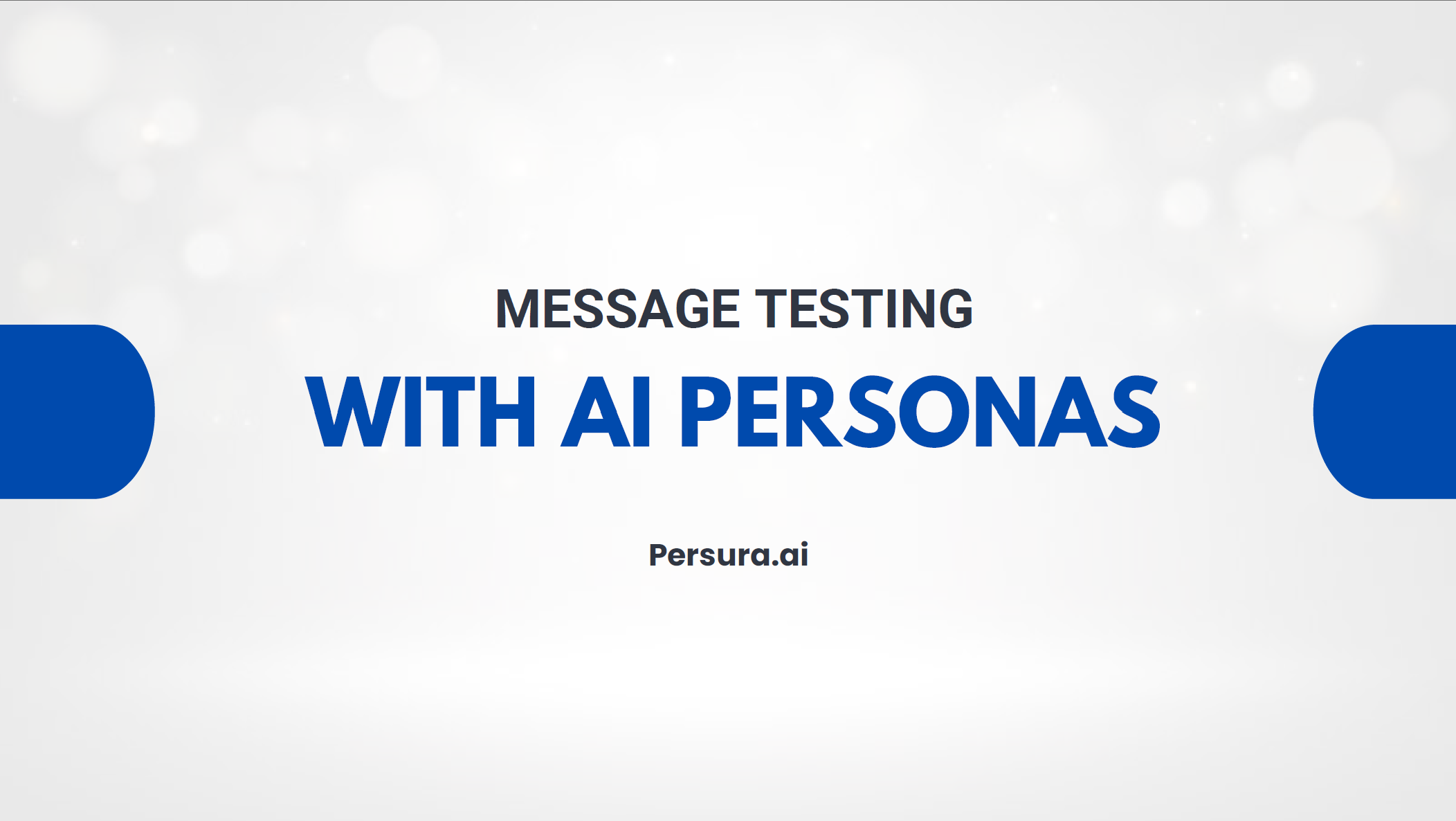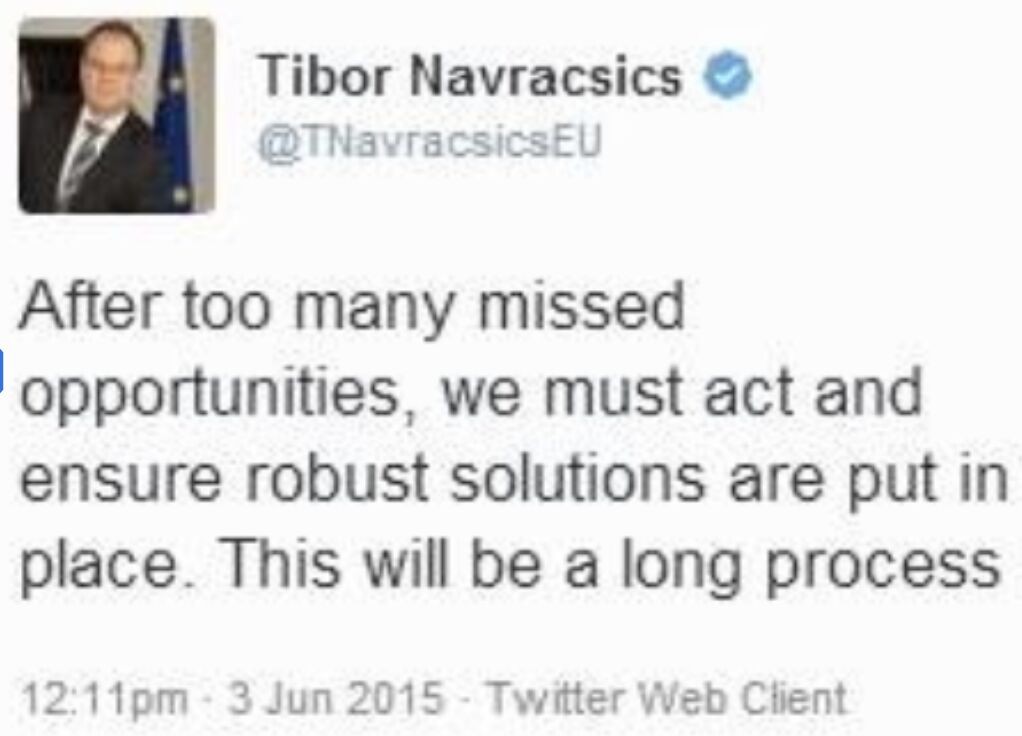Science Communication in the Age of Misinformation


We live in an era where misinformation can spread like wildfire, fueled by social media and the vast expanse of the internet. For scientists and science communicators, this presents a significant challenge: how to effectively communicate scientific truths in a landscape where falsehoods often gain more traction. Here’s how to navigate this tricky terrain and ensure your science communication cuts through the noise.
The Challenges of Misinformation
Misinformation poses several challenges for science communication:
- Viral falsehoods: Misinformation often spreads faster and more widely than factual information.
- Erosion of trust: When people are repeatedly exposed to false information, their trust in science can erode.
- Confirmation bias: People tend to believe information that confirms their preexisting beliefs, making it hard to correct misconceptions.
- Complexity of science: Scientific concepts can be complex and difficult to communicate clearly and concisely.
Strategies for Effective Science Communication
Simplify Without Dumbing Down
- Clear language: Use simple, straightforward language without jargon.
- Analogies and metaphors: Relate complex scientific ideas to everyday experiences.
- Visual aids: Use charts, infographics, and videos to make information more digestible.
Build Trust
- Be transparent: Share your methods and data openly.
- Acknowledge uncertainties: Be honest about the limitations and uncertainties in your findings.
- Show your human side: Personal stories and experiences can make you more relatable.
Engage with Your Audience
- Active listening: Pay attention to your audience’s concerns and questions.
- Interactive platforms: Use social media, blogs, and forums to engage in two-way communication.
- Public talks and webinars: Organize events where you can directly interact with the public.
Counteract Misinformation Proactively
- Fact-checking: Provide accurate information to counteract false claims.
- Quick response: Address misinformation promptly before it spreads widely.
- Collaboration: Work with other scientists, educators, and communicators to amplify correct information.
Leverage Trusted Voices
- Influencers and community leaders: Partner with trusted figures who can help spread accurate information.
- Peer networks: Encourage people to share reliable information within their social circles.
- Media partnerships: Collaborate with journalists and media outlets to reach a broader audience.
Practical Tips for Science Communicators
- Stay updated: Keep abreast of the latest developments in your field and in the world of misinformation.
- Be patient: Changing minds takes time, especially when combating deeply held beliefs.
- Focus on the positives: Highlight the benefits and potential of scientific advancements rather than just debunking myths.
- Use stories: Narratives can be more persuasive than dry data; tell compelling stories that resonate with your audience.
The Role of Social Media
Social media can be both a battleground and a powerful tool for science communication:
- Wide reach: Platforms like Twitter, Facebook, and Instagram can help you reach a vast audience.
- Engagement: Use polls, Q&A sessions, and interactive posts to engage your followers.
- Monitoring: Keep an eye on trending topics and be ready to address misinformation as it arises.
The Long-Term Benefits of Effective Science Communication
Investing time and effort in effective science communication has long-term rewards:
- Informed public: A well-informed public is better equipped to make decisions that affect their health, environment, and society.
- Stronger support for science: Clear and compelling communication can garner public support for scientific research and funding.
- Resilient communities: Educating people about science can help communities become more resilient in the face of challenges like climate change and pandemics.
In the age of misinformation, effective science communication is more important than ever. By simplifying complex concepts, building trust, engaging with your audience, proactively counteracting misinformation, and leveraging trusted voices, you can ensure that your message not only reaches but also resonates with the public.
Remember, the goal is not just to inform but to inspire and empower people with the knowledge they need to navigate an increasingly complex world.
This version ensures single spacing while maintaining readability. Let me know if you need any refinements!

.png)











